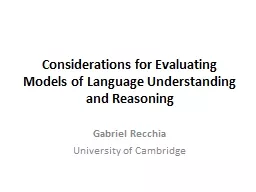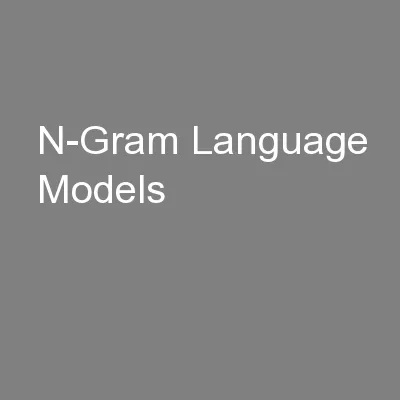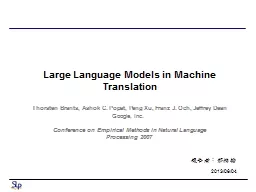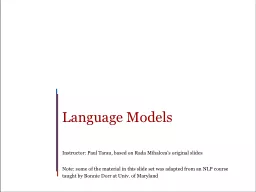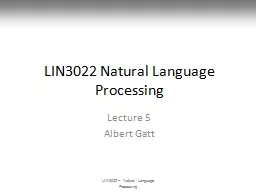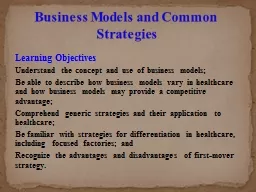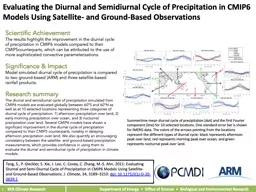PPT-Considerations for Evaluating Models of Language Understand
Author : giovanna-bartolotta | Published Date : 2016-09-11
Gabriel Recchia University of Cambridge Background The bAbI dataset Introducing the GABITS dataset http nowin2dcomgabits Some history Some history slide from
Presentation Embed Code
Download Presentation
Download Presentation The PPT/PDF document "Considerations for Evaluating Models of ..." is the property of its rightful owner. Permission is granted to download and print the materials on this website for personal, non-commercial use only, and to display it on your personal computer provided you do not modify the materials and that you retain all copyright notices contained in the materials. By downloading content from our website, you accept the terms of this agreement.
Considerations for Evaluating Models of Language Understand: Transcript
Download Rules Of Document
"Considerations for Evaluating Models of Language Understand"The content belongs to its owner. You may download and print it for personal use, without modification, and keep all copyright notices. By downloading, you agree to these terms.
Related Documents

